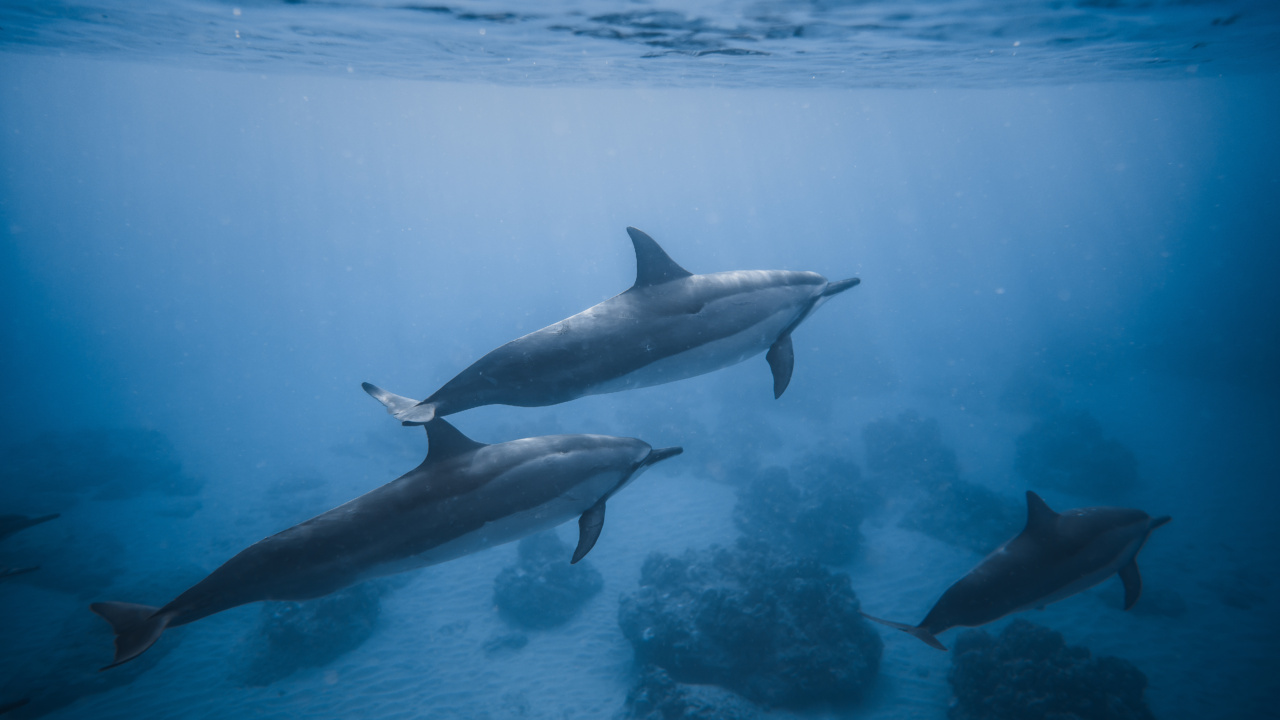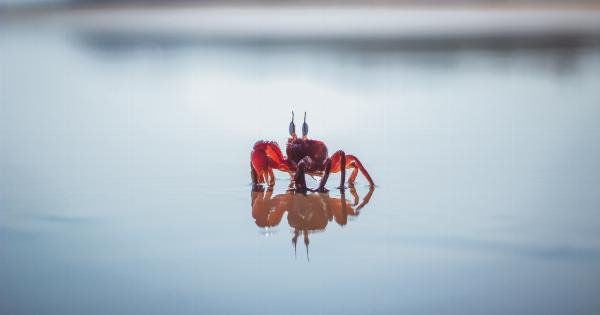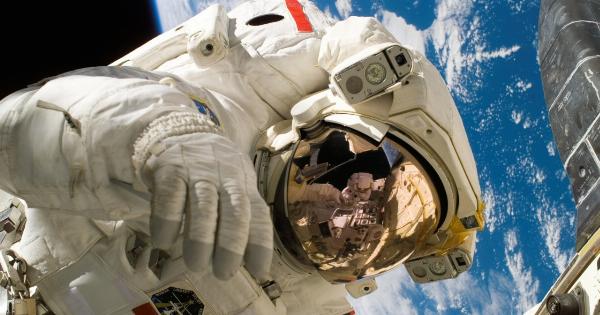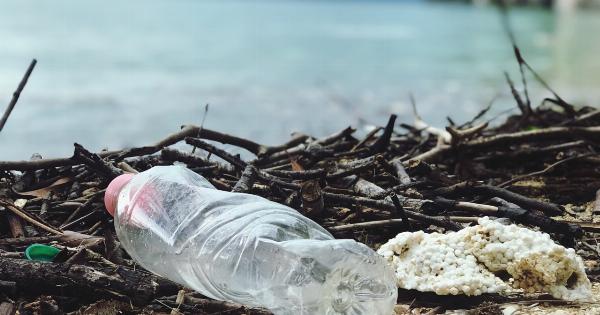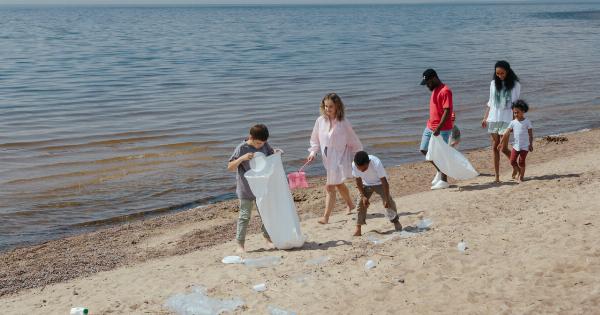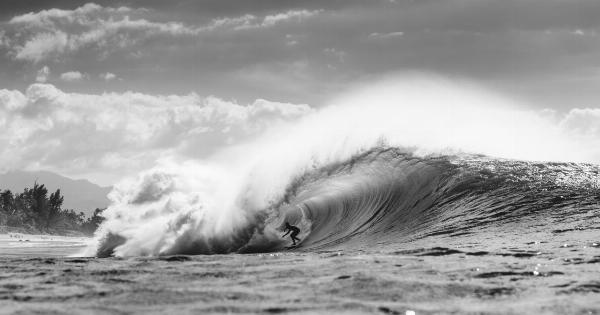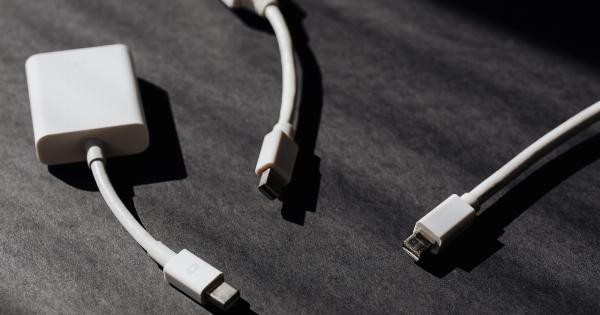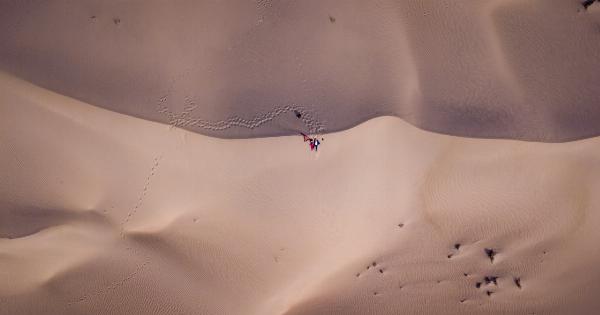Dolphins are one of the most fascinating and beloved creatures in the world. They captivate our hearts with their playful nature and intelligence. However, many people are unaware of the numerous challenges that dolphins face in their natural habitats.
In this article, we will explore some lesser-known facts about dolphin conservation and the importance of protecting these magnificent creatures.
The Threats Facing Dolphins
Dolphins live in diverse marine environments, including oceans, seas, and rivers. Unfortunately, their habitats are under increasing threats from human activities. Here are some of the major challenges dolphins encounter:.
Pollution and Plastic
Plastic pollution is a grave problem for marine life, including dolphins. It is estimated that over 8 million tons of plastic end up in the ocean each year.
Dolphins often mistake floating plastic debris for food and can swallow or get entangled in it, leading to severe injuries or even death.
Overfishing and Bycatch
Overfishing is a significant threat to dolphins. Large-scale industrial fishing operations often result in unintentional dolphin bycatch, where dolphins are caught in fishing nets meant for other species.
This not only harms dolphin populations directly but also disrupts their delicate ecosystems, leading to imbalances in marine biodiversity.
Habitat Destruction
The rapid development of coastal areas, including the construction of ports, harbors, and offshore structures, poses a serious threat to dolphin habitats.
These activities disrupt their feeding and breeding patterns, forcing them to search for new territories or pushing them towards extinction.
Climate Change
Climate change is a global issue that affects all species on Earth, including dolphins. Rising sea levels, ocean acidification, and changes in water temperature impact dolphins’ food sources and habitats.
These changes can have cascading effects on the entire marine ecosystem, ultimately jeopardizing the survival of dolphins.
Sound Pollution and Sonar
Dolphins heavily rely on echolocation and communication through sound.
However, underwater noise pollution, primarily caused by human activities such as shipping, sonar technologies, and offshore drilling, can disrupt dolphins’ ability to navigate, communicate, and find prey. It can lead to disorientation, stress, and even death for these highly acoustic creatures.
The Importance of Dolphin Conservation
Protecting dolphins is crucial for maintaining the balance of marine ecosystems and preserving our planet’s biodiversity. Here are some reasons why dolphin conservation matters:.
Biodiversity and Ecosystem Health
Dolphins play a crucial role in maintaining the health and integrity of marine ecosystems. As top predators, they regulate the populations of their prey, ensuring a balanced distribution of species.
Losing dolphins could lead to imbalances and cascading effects throughout the food chain, potentially harming other marine organisms.
Tourism and Economy
Dolphin-watching tours and marine parks have become popular attractions, contributing significantly to local and global economies. Protecting dolphins and their habitats ensures their presence for ecotourism.
Responsible tourism practices can generate income for local communities and raise awareness about the importance of dolphin conservation.
Scientific Research and Discoveries
Studying dolphins provides valuable insights into their behavior, intelligence, and communication skills. Their advanced social structures and cultural activities have fascinated researchers for years.
By conserving dolphins, we can continue to learn from these incredible creatures and apply their knowledge to better understand the intricacies of the ocean.
Educational and Inspirational Value
Dolphins have captured the imaginations of people around the world. Their intelligence and complex behavior inspire awe and curiosity, particularly among children.
By conserving dolphins, we have the opportunity to educate future generations about marine conservation, instilling a sense of responsibility and respect for all living beings.
Conservation Efforts and Solutions
Despite the challenges, numerous organizations and initiatives are dedicated to dolphin conservation. Here are some conservation efforts and solutions:.
1. Marine Protected Areas
Establishing marine protected areas (MPAs) is crucial for safeguarding dolphin habitats. These protected zones help regulate human activities, allowing ecosystems to recover and flourish.
MPAs not only benefit dolphins but also protect numerous other marine species and habitats.
2. Sustainable Fishing Practices
Implementing sustainable fishing practices can minimize dolphin bycatch and reduce the impact on dolphin populations.
Using fishing gears designed to prevent bycatch, such as turtle excluder devices (TEDs) and acoustic pingers, can substantially decrease unintended dolphin fatalities.
3. Plastic Reduction and Recycling
Efforts should be made to reduce plastic waste and promote recycling to minimize its impact on dolphins.
Public awareness campaigns can educate individuals about the dangers of single-use plastics and encourage them to adopt more eco-friendly alternatives.
4. Noise Mitigation
Regulations should be in place to control underwater noise pollution. Shipping companies can adopt quieter technologies, and military exercises using sonar should avoid sensitive dolphin habitats.
These measures can help mitigate the negative impact of noise on dolphins’ health and behavior.
5. Sustainable Tourism
Responsible dolphin-watching practices, such as maintaining a safe distance, limiting the number of boats in their vicinity, and avoiding behavior that disturbs or stresses dolphins, can minimize the impact of tourism on these creatures.
Strict guidelines and regulations can ensure dolphin welfare while still providing a memorable experience for tourists.
By combining these approaches and emphasizing the importance of dolphin conservation, we can work towards a sustainable future for dolphins and their habitats.
Everyone has a role to play in preserving these incredible creatures for generations to come.
